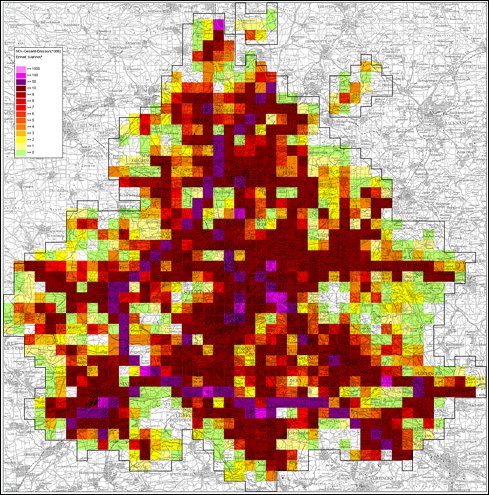 |
||
| Saturday, 07/27/2024 | ||

| Current meteorological data | |
| Air temperature: | 80.06 (°F) |
| 26.7 (°C) | |
| Wind speed: | 5 (km/h) |
| Wind direction: | N, 350.9 ° |
| Global radiation: | 140.5 (W/m²) |
| Act. UV-Index: | 0.96 |
| Precipitation: | 0.0 (ltr/m²) |
| (Updated: 07/27/2024, 16:30, S-Mitte, Amt für Umweltschutz |
|
| More meteorological data | |
| More about weather Stuttgart |
|
| Current sun location |
|
| Webcams in Stuttgart |
|
Weather forecast Stuttgart  |
|
Weather forecast Europe  |
|
Weather radar Germany  |
|
| More links | |
| News and current events |
|
| Stuttgart noise action plan, public participation, dates for information events (German) | |
| Update 2025 | |
| Current number of summer days and hot days in Stuttgart 2024 | |
| Current graphics | |
| Climate Center Stuttgart | |
| Climate Dashboard Stuttgart | |
| Summer Days and Hot Days in Stuttgart (until 2024) | |
| Air: Press releases (German) | |
| UV-Index Prognosis (BfS) | |
| Urban climate Viewer: Maps and plans with detailed thematic maps on climate, air and noise | |
| Noise Maps Stuttgart 2022 | |
| Noise action plan Stuttgart | |
| Clean air plan Stuttgart | |
| NO2 and PM10 exceedances | |
| Current measurements from the stations (LUBW) | |
| Picture gallery More news | |
 |
| |
|
| © City of Stuttgart, Office for Environmental Protection, Section of Urban Climatology | |